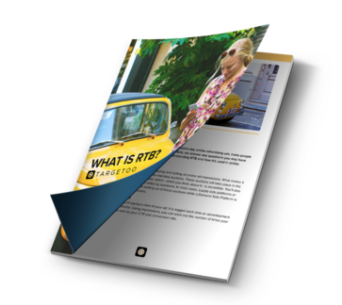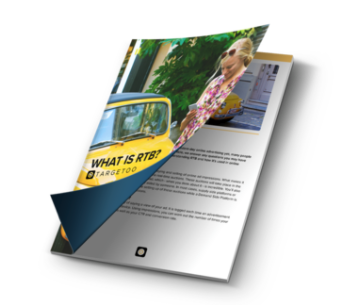Our world is evolving fast and technology is the driving force behind it. Only a decade ago, the internet was accessible from a one location - your computer. Now, the web is accessible on a number of devices namely mobile devices like smartphone and tablets.
Because of this, publishers have made a conscious effort to make their content more user-friendly for mobile devices, including the creation of responsive websites and apps.
As well as this, digital media has become a very popular media used by publishers, advertisers and also end users. As per the IAB report, digital advertising has generated $60 billion revenue in 2016 alone and in 2017 it is expected we’ll see a further growth of 31.1%.
One of the reasons for this rapid growth is due to the transparency, technology and vast accessibility to target individual audiences that digital media has the ability to do.
This is a large contrast to the traditional media buying system, which can now be considered inefficient. It requires the lengthy process of manually purchasing inventory from publishers, which is necessary to be completed through manual bidding by the advertisers.
One of the drawbacks of this, in particular, was that it wasn’t possible to make the purchasing process more equally reliable to both advertisers and publishers.
Previously, it was much easier for publishers to manipulate and exploit advertisers by creating false demand. Even agencies influenced advertisers to pay more.
Because of this, advertisers always ended up on the losing team.
Since digital advertising was introduced, there has been the opportunity for developers or marketers to take this process to a digital or programmatic level.
In particular, tools such as RTB , DSP’s and SSP’s have allowed both parties to meet in a programmatic marketplace where publishers are able to sell their inventory in real time. In this circumstance, the highest bidder wins inventory, meaning the advertiser is spending no more than is required, instead only paying as per the demand.
What makes this process so popular is the “second price auction”. This system has effectively secured and justified the pricing system.
Let me explain it a bit more.
“Second price auction” means the highest bidder wins but the price paid is the second-highest bid. For example, ‘A' has put a bid of $100 and ‘B' has put a bid of $150. In this circumstance ‘B' will win the auction but will only have to pay the price of ‘A' ($100).
With real time bidding RTB, advertisers place their demand or interest to purchase inventory with the help of their DSP, which is connected to the digital marketplace. This programmatic system ensures fair bidding and sets a fair price for inventory.
Because the system is fully programmatic, it comes with some extra facilities. The platform allows for advertisers to acquire vast knowledge on the end-user, which can be utilized to build a more detailed profile of their audience’s interests.
This information allows the adverts to set specific targets to the right demographics. This in turn helps to generate the best ROI and performance from a campaign.
With this, both publishers and advertisers become the winners.
This win-win situation created by the programmatic system is attracting more advertisers to participate in the marketplace and is the secret behind the growth and success of this industry.
If you want to learn more about programmatic advertising and how you can use it to create amazing advertising ROI, get in touch. We specialise only with mobile programmatic advertising, making us the experts in our field.
Author:
Joshua Prottoy Adhikari
Manager, Country & Programmatic Ad-Operations
TARGETOO





